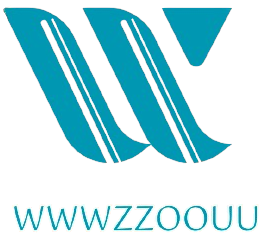Expanding on the significance of a skills matrix template, it’s essential to consider how it aligns with broader organizational strategies and goals. In today’s fast-paced business environment, adaptability and continuous improvement are crucial. A skills matrix not only highlights existing competencies but also serves as a roadmap for future skill development that aligns with the organization’s vision.
When organizations undertake strategic planning, a skills matrix can provide valuable insights into potential talent shortages or surpluses. This foresight enables proactive measures, such as adjusting recruitment strategies to fill gaps or redistributing resources to better utilize existing skills. By understanding the skill landscape, organizations Skills Matrix Template can respond more effectively to market demands and technological advancements.
Moreover, in industries undergoing rapid transformation—such as tech, healthcare, and manufacturing—the skills matrix becomes even more critical. It allows organizations to identify emerging skills that employees need to acquire to stay competitive. For instance, with the rise of artificial intelligence and machine learning, companies can track which employees have the foundational skills to transition into these areas and provide targeted training to prepare them for new roles.
Another aspect to consider is the role of the skills matrix in fostering diversity and inclusion within the workforce. By mapping out skills across various demographics, organizations can ensure that they are leveraging the diverse talents and perspectives of their employees. This approach not only enriches problem-solving but also drives innovation, as varied backgrounds contribute to a broader range of ideas and solutions.
In terms of accountability, a skills matrix can set clear expectations for both employees and management. It establishes a framework for measuring skill acquisition and improvement over time. When employees can see their progress and receive feedback based on objective criteria, it fosters a sense of ownership over their professional development. This accountability encourages a culture where continuous learning is prioritized, and achievements are recognized.
Integrating the skills matrix with performance management systems can further amplify its effectiveness. By linking skills assessments to performance reviews, organizations can create a comprehensive picture of an employee’s contributions and potential. This integration ensures that development goals are aligned with performance outcomes, making the entire process more coherent and impactful.
Additionally, technology plays a vital role in enhancing the usability of skills matrices. Digital tools and software can streamline the creation, maintenance, and analysis of skills matrices, making it easier for organizations to keep them current and relevant. These platforms can provide analytics and reporting features, enabling deeper insights into skill trends and training needs across the organization.
In conclusion, a skills matrix template is an indispensable resource for organizations aiming to thrive in an ever-changing landscape. By fostering a proactive approach to skill development, enhancing communication, and aligning individual growth with organizational goals, a skills matrix not only empowers employees but also strengthens the entire organization. As businesses continue to adapt and evolve, those equipped with a robust skills matrix will be better positioned to harness their workforce’s full potential, drive innovation, and achieve sustained success.
